Industry
Top 5 KPIs: Colin Glass
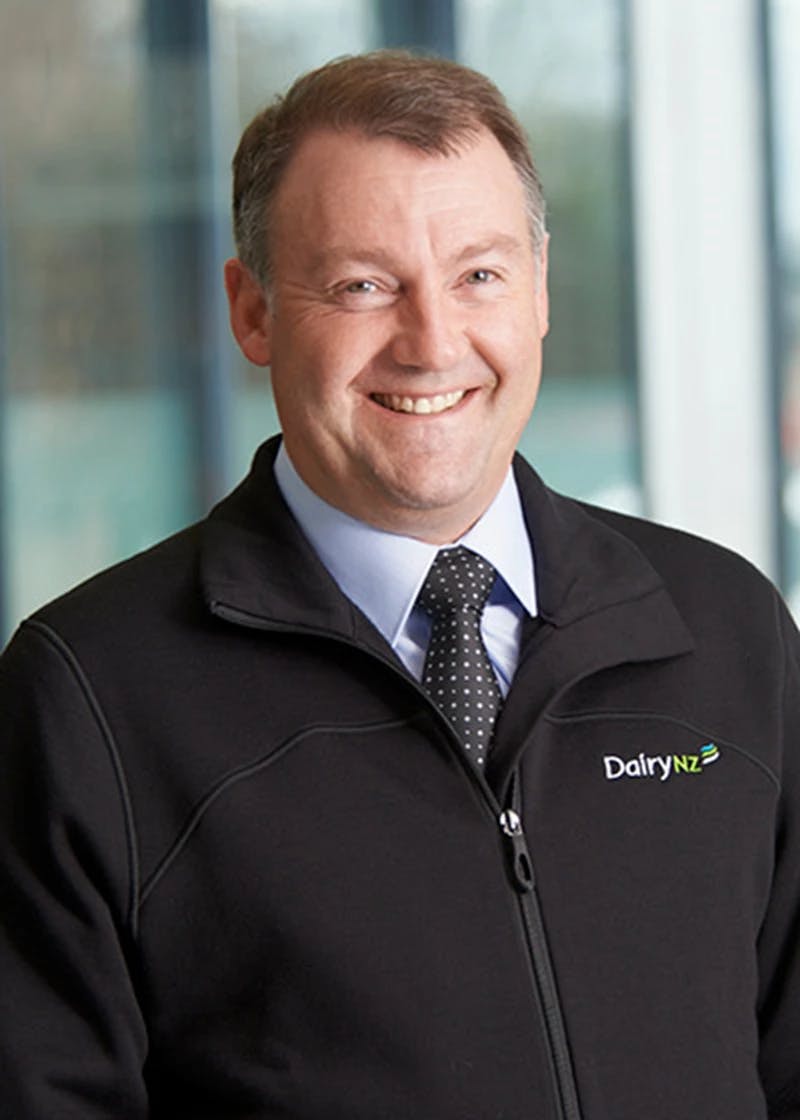
“Benchmarking data is absolutely key. What's changed for us over the years is the type of metrics we are benchmarking. In the early years, our KPIs were focused around the likes of profitability, cost of production, production levels - the hard metrics which gave the business the ability to grow and progress. In recent times though it’s really changed and now most of our KPIs sit around softer metrics like Health & Safety reporting and engagement, which is fundamental for Dairy Holdings.”
- Colin Glass, Chief Executive, Dairy Holdings Limited.
Colin owns and operates a 650-cow dairy farm, and two further irrigated properties that rear and finish bull beef at Methven in Mid-Canterbury with his wife Paula, and their two daughters. Colin is chief executive of Dairy Holdings Limited which has extensive operations throughout the South Island. Colin shares the Top 5 KPIs he follows closely at Dairy Holdings.
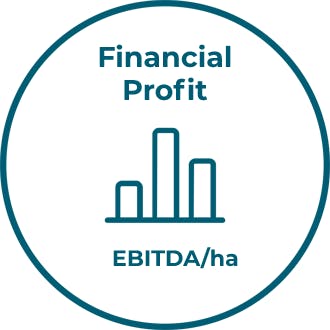
Financial Profit
EBITDA (Earnings Before Interest, Tax, Depreciation, and Amortisation) provides a view of the overall financial performance for Dairy Holdings, and standardising it on a per hectare basis allows us to compare across farm units. We carve out livestock returns and target an EBITDA result of anything north of $5,000 per hectare at these higher milk prices. Inflationary cost creep is becoming a major issue. While being self-contained allows us to minimise this increase in expenditure, it is never totally removed which is where the discipline of cost control and our farm system come into play - it gives us that EBITDA consistency year in, year out.
It is more useful to adopt a longer term milk price, otherwise people can be tempted to change their farm system in order to chase payout. You need to pick where you operate and stay there. Those that change their farm system in response to milk price often never get it right.
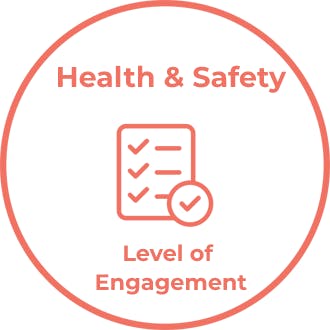
Health & Safety
At Dairy Holdings we view the reporting of Health & Safety in the same manner that we do our production and profit. We have set Health & Safety targets which we monitor weekly, along with audits at the end of season. From my experience, the top performers here will be the top performers across the wider business. We’ve found that those who take the time to focus on their Health & Safety practices are across the detail in other areas of the business and share the same principles of farm systems and employment practices.
We ask our teams to capture their Health & Safety practices on their phones via an app that we have built ourselves where weekly reporting principally focuses on the following key areas:
- Our critical risk areas and how we respond to those
- Hazards and time to close out those hazards on farm
- Weekly vehicle inspections
- Weekly minuted Toolbox meetings, that are reviewed to ensure they are effective
- Lost time injuries
All statistics get fed back to the wider team, so the on-farm staff, management and board can all see how we’re performing at all levels. It’s taken a good couple of years for us to get to where we are today, and we still have a long way to go. We’re lucky to have the skills and expertise of our Health & Safety Manager who has championed our Health, Safety and Wellness practices and driven this culture through the business.
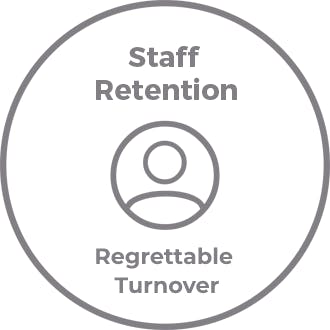
Retention
Traditionally Dairy Holdings sharemilkers and contract milkers have been responsible for their own recruitment and we hadn’t asked them to capture the rationale for turnover. These days we do. As a business we now place huge importance on retention with a focus on regrettable turnover, wrapping support around our teams where they need it.
For our farm teams we would view turnover of no more than one person in a season as a nice position to be in. What we’ve found is that our employment gap is really tied to just a few farms that are having real challenges with recruitment and retention - this mirrors what we’re seeing across industry.
The other thing we’re seeing is that there isn’t the same hierarchy in structure that there once was on larger farms. Traditionally a manager has had a 2IC whereas now they tend to be gravitating more towards only having farm assistants. I believe this lack of 2IC’s is contributing to the pressure on the operator and can be a challenge for on-farm capability. We’re also seeing a more transient group fill junior farm assistant roles which is something to be mindful of and how that can impact the established culture of a business.
There’s something exciting about new blood coming in as it keeps the business fresh and the older crew gets reinvigorated. The opposite is also true. In this environment those that have got an eye on their own pathway are becoming focused on how they get ahead. There’s a place for both new and experienced people in dairy and we need everybody but it is something to be aware of and manage accordingly.
For us, the cross-pollination between the old and new is key to telling the story. When we look at our turnover data, you can see how quickly some of that embedded culture can get lost. You only need two seasons of churn and it can be totally gone which just reconfirms how important it is to get stability in a business.
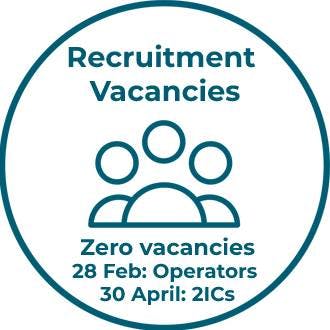
Recruitment Vacancies
The saying first in, best dressed really does apply here. For us to have the best chance of success for the next season any available positions need to be filled early. At Dairy Holdings we try to move quickly and get our vacancies closed. We aim to have any vacant operator roles filled by the end of February and 2IC roles by the end of April.
We’ve all heard that Covid is the trigger of the great resignation. The dairy industry is no different. People aren’t as accepting of an environment where they feel they haven’t been appropriately recognised or rewarded. The business’ culture is important to set what you’re willing to stand for.
In the current marketplace opportunities are popping up all over the show. One outcome of this is that people are being promoted rapidly based on their technical ability which is fantastic. However, managing people doesn’t come naturally to everybody which means we keep an eye out and offer support for those coming up and through to develop their people management skills.
For Dairy Holdings the sentiment that a stable workforce promotes progression and growth certainly holds true.
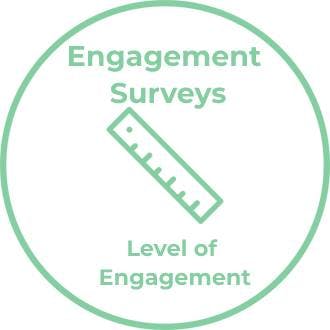
Engagement Surveys
We survey our entire organisation twice yearly in the form of 360 feedback. These reviews ask questions such as whether individuals feel they are getting the support they need, whether they’ve had a conversation in the last week about progressing their career, or whether they’ve been commended by their boss.
We measure survey engagement in two parts. The first measure is whether people have taken the time to participate. The next layer of insight comes from the scoring within each of those questions.
We can then establish where more support is required. The data is quite telling. On its own it doesn’t mean a lot but when you put it together across multiple farms it starts to tell quite a story. Interestingly, what we’ve found is that our regional teams which have lower levels of engagement tend to have higher turnover rates.
As an industry I believe we are struggling for people to speak up without fear of recrimination. We’re on a journey to shift this mindset by creating a safe space where people can speak up and be supported.
The Tune Up Podcast
Listen on your favourite podcast platform
More articles
The Tune Up
Passion and progression
Ash-Leigh Campbell & Colin Glass. Dairy farming, a pathway of opportunity - bringing the right people in and up through an organisation.
Industry
Top 5 KPIs: Ash-Leigh Campbell
We look at the top 5 KPIs that Ash-Leigh Campbell, 2020 Fonterra Dairy Woman of the Year, monitors, records and reports on every week.
The Tune Up
Welcome to Trev's podcast series
One season, six episodes, twelve passionate industry people yarning about their insights and experiences inside and outside the farmgate. Hosted by Will Burrett, brought to you by Trev.